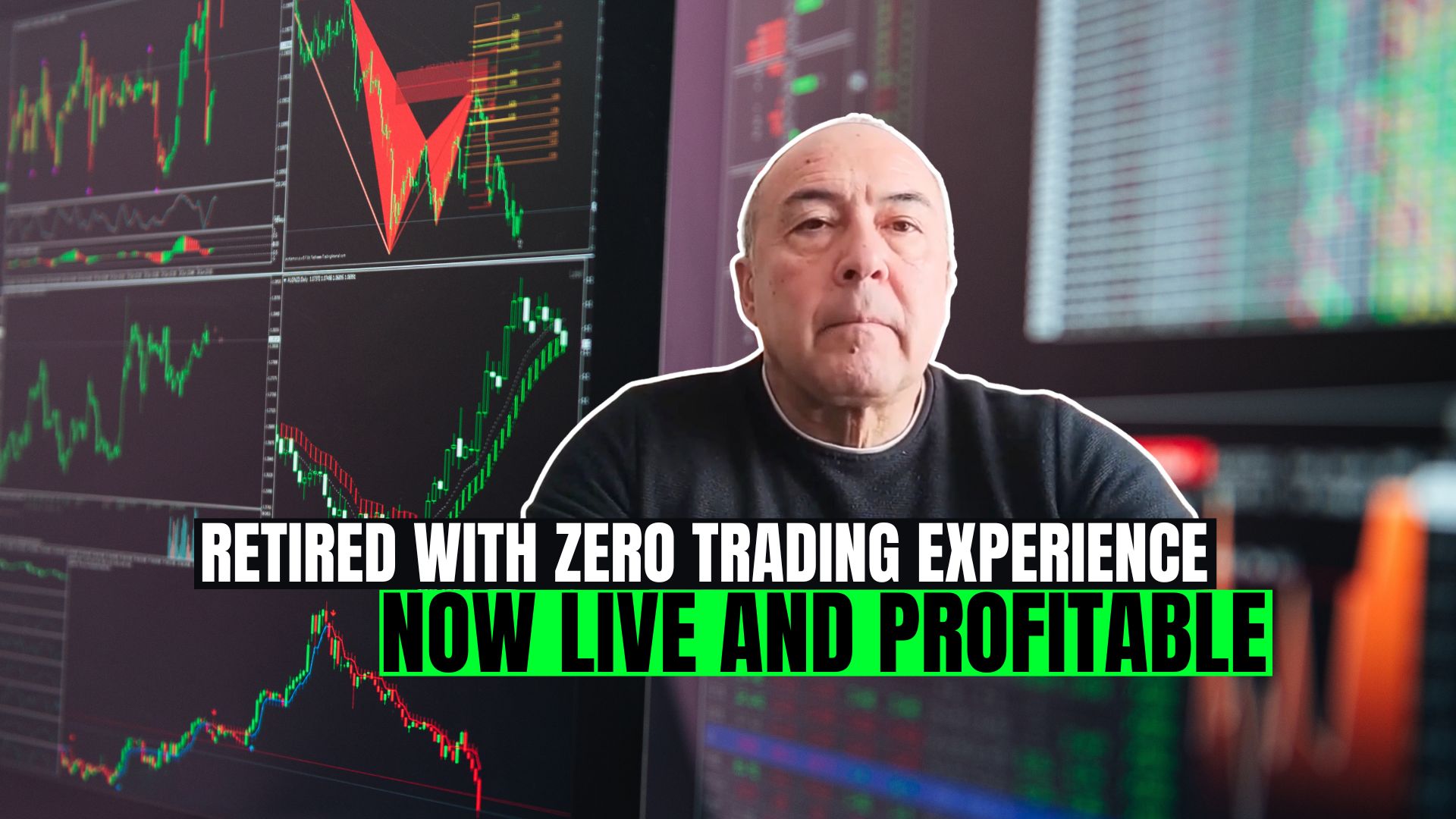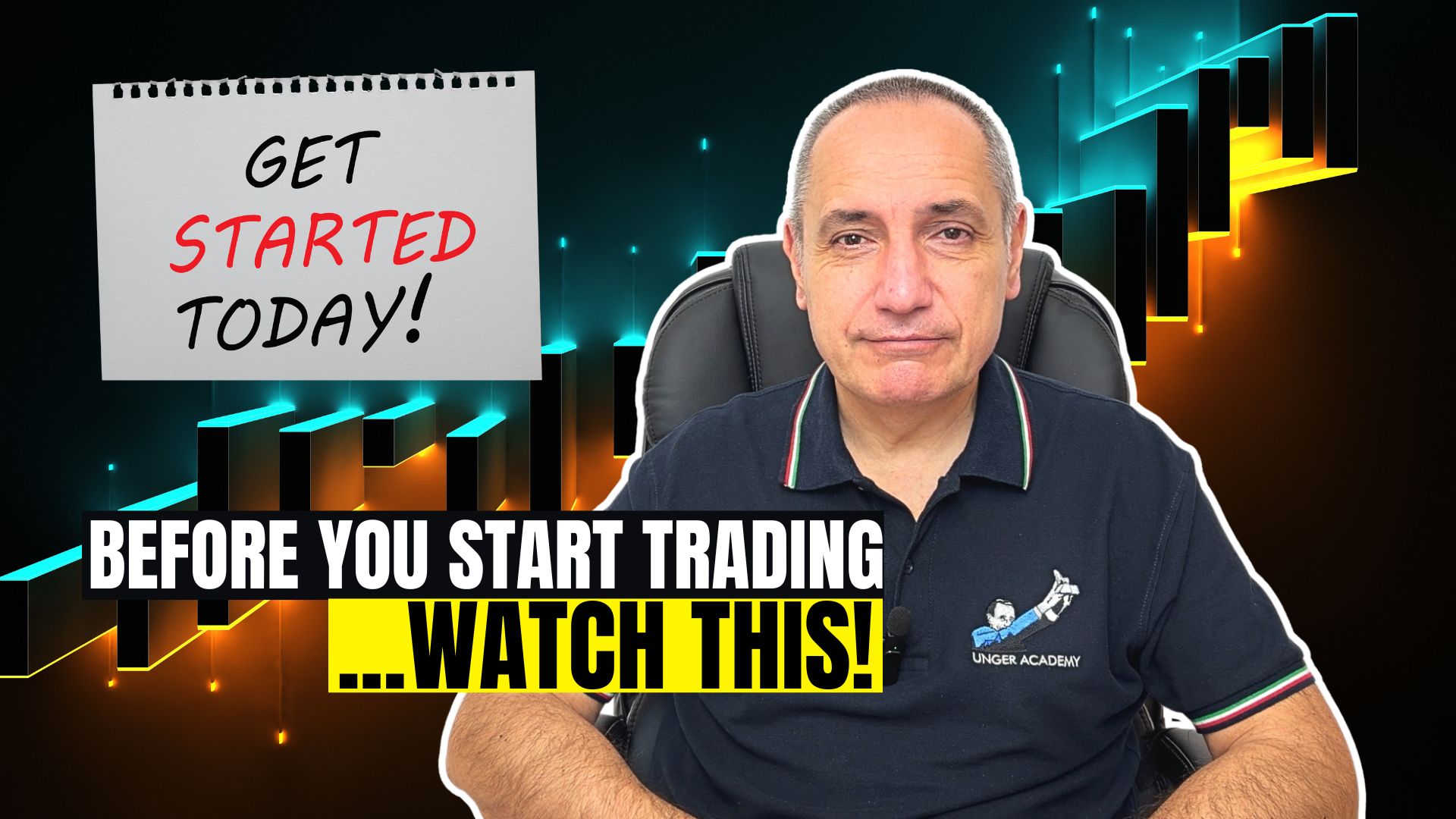Introduction
Hello and welcome to this brand-new video. I am one of the coaches at Unger Academy and today we will take a detailed look at the results of our July Strategy of the Month contest.
We’ll see which strategy won, as well as a selection of the best strategies you submitted.
We’ll also try to provide operational insights by analyzing the logic behind these strategies, the markets they work on, and of course, their performance.
I remind you that the Strategy of the Month contest is reserved for Unger Academy students. Each month, participants can submit their strategies and compete to win a €1,000 Amazon gift card.
Strategy #1: Pivot Points on the Mini S&P 500 Futures
But let’s start right away by showing you one of the best strategies, though not the winner.
This is a strategy on the Mini S&P 500 based on a specific approach where every day some levels are calculated using pivot points.
Then, given a certain operational time window, we select the hours we will use for actual trading. Then within those hours, we will choose the pivot point level and see if, upon crossing this level, so for example if in the case of a short position, if we go below this level, we start counting the bars until we make a second check.
If, after breaking the level and counting our bars, we are still below the level, we go short. Conversely, if we are above the level, we go long.
So, it’s kind of a mix between a trend-following strategy and a mean-reverting strategy.
Because basically, depending on where we are after crossing the pivot points, we decide whether to go long or short.
Conversely, obviously, with the opposite side.
This strategy is quite interesting because it exploits two edges existing in this market.
First, the short breakout, where we try to continue the trend in a bearish day.
Secondly, since we also know that the S&P500 is naturally a mean-reverting market, if there’s a reversal (this is why I wait after crossing the level to decide whether to go long or short), we go long if the market rises after this cross.
Let’s look at the performance of this system, which, I must say, is very good.
The long side, in particular, performs well.
The short side is not great, probably because it takes too long to enter, so the train may have already left, but it still performs and earns a lot.
In the last phase, where the market has been very bullish, the strategy has struggled a bit.
However, it remains very valid.
Let’s look at the average trade without costs and commissions, which for this underlying asset we know can be around $12-15 per trade, so an average trade of $190 per trade easily covers these costs.
There are about a thousand trades, and the annual earnings are very good.
We had a bit of a struggle in 2016 and 2011, and 2015 and 2014 weren’t particularly exciting either, but all the other years, especially the last six to seven years, so from 2018 onward, have shown very good performance.
Strategy #2: Mean Reverting on the DAX Futures
Now let’s move on to the second strategy, which works on the DAX.
This is a mean-reverting strategy.
For those who are less familiar with this term, mean reverting means aiming to sell high and buy low.
Here we see the DAX index rising, and once it reaches a certain level and there’s a reversal, we go short.
The level is set at the previous day’s high and low.
Here we are at a cross, with some ticks for adjustment.
And this trade went short.
Conversely, we have a long trade, with a reversal at the day’s low level. We went down and, as soon as we went back up, we bought at the bar’s close.
Of course, not all trades are successful. We rely on statistical data, and statistics never hit 100%, especially in trading.
But let’s look at the results, which are very good.
Indeed they show a very regular equity curve, with some wobbles in this period. There was a period of weakness here and here, from April 2013 to the end of 2014, where the strategy produced almost nothing.
It’s doing the same from November 2023 to today, but we are okay with these results, knowing this type of operation works well with this underlying asset.
I must point out that this trading system was built using an Unger Academy template, so the student didn’t have to write a single line of code.
Let’s look at the results. The average trade is €860, more than enough to cover costs, and even though 2024 shows some weakness, it’s in line with this market’s behavior, so I’d accept these results.
Strategy #3: Winner on the Mini S&P 500 Futures
Finally, let’s look at the winning strategy of our July edition of the contest: it works on the Mini S&P500.
This strategy offers a ping-pong effect between certain levels that are generated on this index after a large daily up or down bar.
Let’s explain this: we exploit high volatility days, where the candlestick body is almost equal to the range, indicating indecision.
In this case we go and calculate our levels using the highs and lows of the day until a certain time.
For example, if the session has a high here and a low here until 11:30 PM, we set levels we’ll use with a multiplier based on the range to create short and long levels to hit the index near these levels.
Entries are limit orders, so there’s no slippage, and the strategy is almost intraday.
I say "almost" because it can go overnight, even if, as you can see, there’s a close near the session’s end and we’re in profit.
This strategy consistently produces profits.
Now, I want to point out that this is an old strategy logic.
Andrea Unger has a similar strategy in his portfolio, but the student coded it differently, though the logic is similar.
We are talking about logic from around 2013-2014 that still makes profits today.
Like the other systems we’ve seen, this strategy exploits a specific characteristic of the market.
In high uncertainty, we try to profit by bouncing between levels.
Each session, we sell high and buy low based on the day’s movements.
The average trade is very large.
Let’s look at the yearly results. No negative years, even including costs.
To sum up, this strategy really impressed us, so congratulations to Henry, our student who wins the €1,000 Amazon gift card! Well done!
Conclusion
And if your goal is to learn to create trading strategies autonomously like those we’ve seen in this video, you are in the right place.
During your training, you can also participate in this contest, exclusive to Unger Academy students, and have the chance to win a €1,000 Amazon gift card every month.
Click the link below in the description to find the contest rules and from there, if you want, you can also book a free consultation with one of our tutors for more information.
I hope to have inspired those of you who are following us in creating new systems. See you soon with new videos and content. Happy trading!







